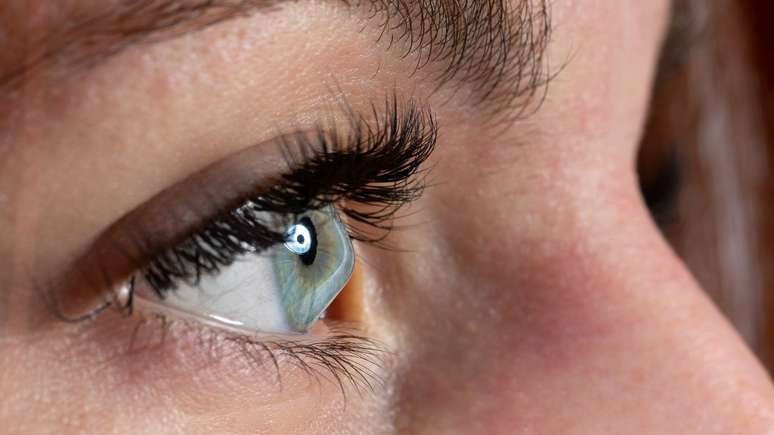The condition is responsible for the majority of cornea transplants in Brazil; ophthalmologist explains the symptoms and how to treat
According to recent data from the Brazilian Council of Ophthalmology (CBO), the number of corneal transplants in Brazil has almost tripled in the last ten years, going from 10,734 in 2014 to 28,937 in 2024. This scenario would have been caused by the increase in diagnoses of keratoconus , a problem that affects the cornea and leaves vision blurred and distorted.
According to ophthalmologist Leôncio Queiroz Neto, executive director of the Penido Burnier Institute of Campinas, in the hinterland of São Paulo, an investigation carried out on the medical records of 920 patients suffering from keratoconus treated in the hospital, reveals that 690 of them, i.e. 75% do not undergo hospital tests in the period prescribed by ophthalmologists.
Most people discover the condition at an intermediate stage. The proof of this is that of the 920 medical records evaluated at the hospital, 61% or 561 patients were already using rigid contact lenses which flatten the cornea and improve refractive correction. “The lack of ophthalmological monitoring for keratoconus is a mistake because the prognosis of all health conditions is better the sooner they are treated,” emphasizes Leôncio.
According to the doctor, the greatest risk resulting from failure to monitor ophthalmology is the increase in corneal curvature in a short period of time. That Why, It compromises the fit of the contact lens, which rubs against the cornea and causes keratoconus to progress more rapidly. Therefore, it is as dangerous as the habit of scratching your eyes.
Causes and symptoms
Keratoconus is a degenerative condition that weakens the collagen fibers in the cornea, the clear outer lens of the eye, responsible for 60% of our refraction. The disease thins and curves the cornea, which is normally spherical and becomes cone-shaped. Highly disabling, the symptoms of keratoconus are: frequent changing of glasses, difficulty seeing at night, myopia associated with astigmatism, photophobia, double and blurred vision.
Furthermore, there is evidence that the condition may be associated with genetic factors, atopy, environmental factors such as excess pollution, dust or contact with animal hair, hormonal changes that interfere with collagen synthesis, excessive grooming and early exposure to antibiotics. Atopy can cause an allergic reaction in the eyes, eczema on the skin, rhinitis in the nose and asthma in the lungs. Therefore, anyone with one or more of these changes should undergo a corneal check.
How to prevent keratoconus?
There are some essential precautions to prevent the development of keratoconus. I am:
- Make regular appointments to adjust your lenses;
- Avoid scratching your eyes;
- Apply cold compresses to itchy or gritty eyes;
- Give preference to preservative-free lens cleaning solutions to avoid eye irritation;
- Use corticosteroid eye drops only under medical supervision to eliminate the risk of glaucoma;
- Stop using allergy medications if you wear lenses and have dry eyes;
- Polish your lenses every six months with your ophthalmologist to eliminate residues that deform the surface,
- Wear sunglasses with ultraviolet protection in sunny places.
Diagnosis and treatment
The condition is diagnosed using tomography, which performs 3D mapping of the cornea and allows early detection of the disease. However, the ophthalmologist emphasizes that routine eye examination is not sufficient to diagnose keratoconus.
“The earlier the diagnosis, the greater the chances of escaping a cornea transplant. At the beginning, the treatment combines the use of glasses to correct refraction and moisturizing eye drops that improve the lubrication of the eyelids, cornea, of the conjunctiva, sclera and eyelashes, aiming to avoid damage to the external part of the eyes”, explains Leôncio.
Crosslinking is the only procedure that stops the progression of the disease. The operation, he explains, is outpatient, performed under local anesthesia and consists of applying riboflavin (vitamin B2) associated with UV (ultraviolet) radiation to the surface of the cornea to increase its resistance up to three times.
Source: Terra
Ben Stock is a lifestyle journalist and author at Gossipify. He writes about topics such as health, wellness, travel, food and home decor. He provides practical advice and inspiration to improve well-being, keeps readers up to date with latest lifestyle news and trends, known for his engaging writing style, in-depth analysis and unique perspectives.








